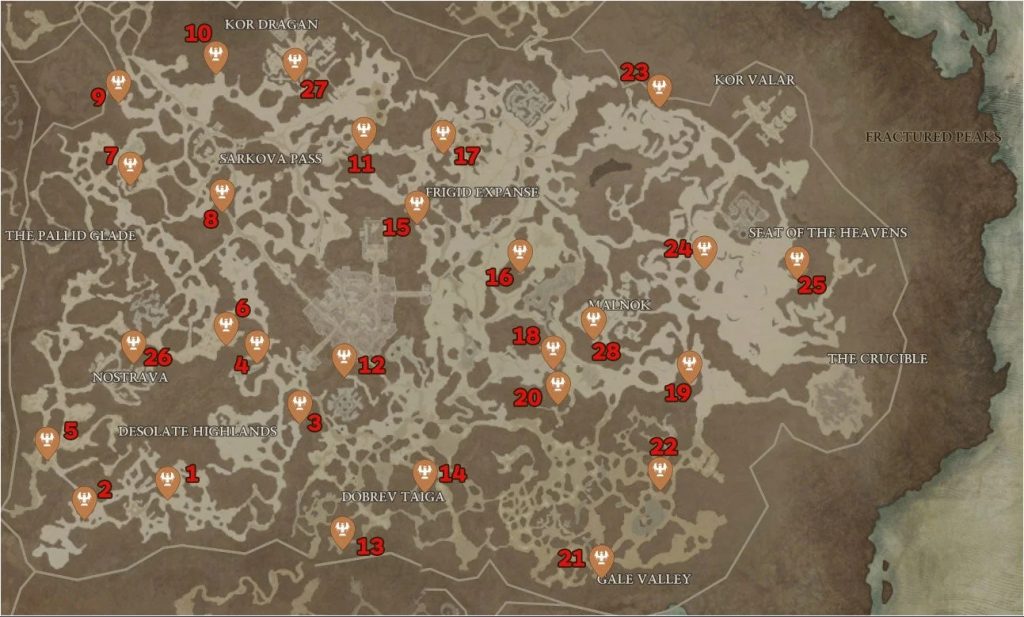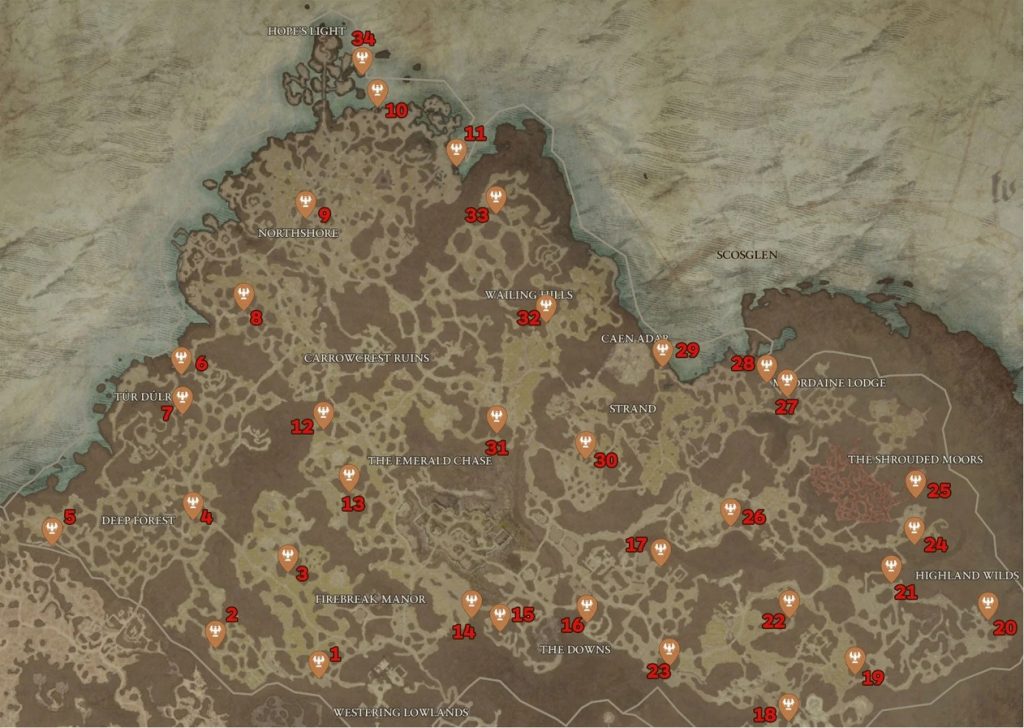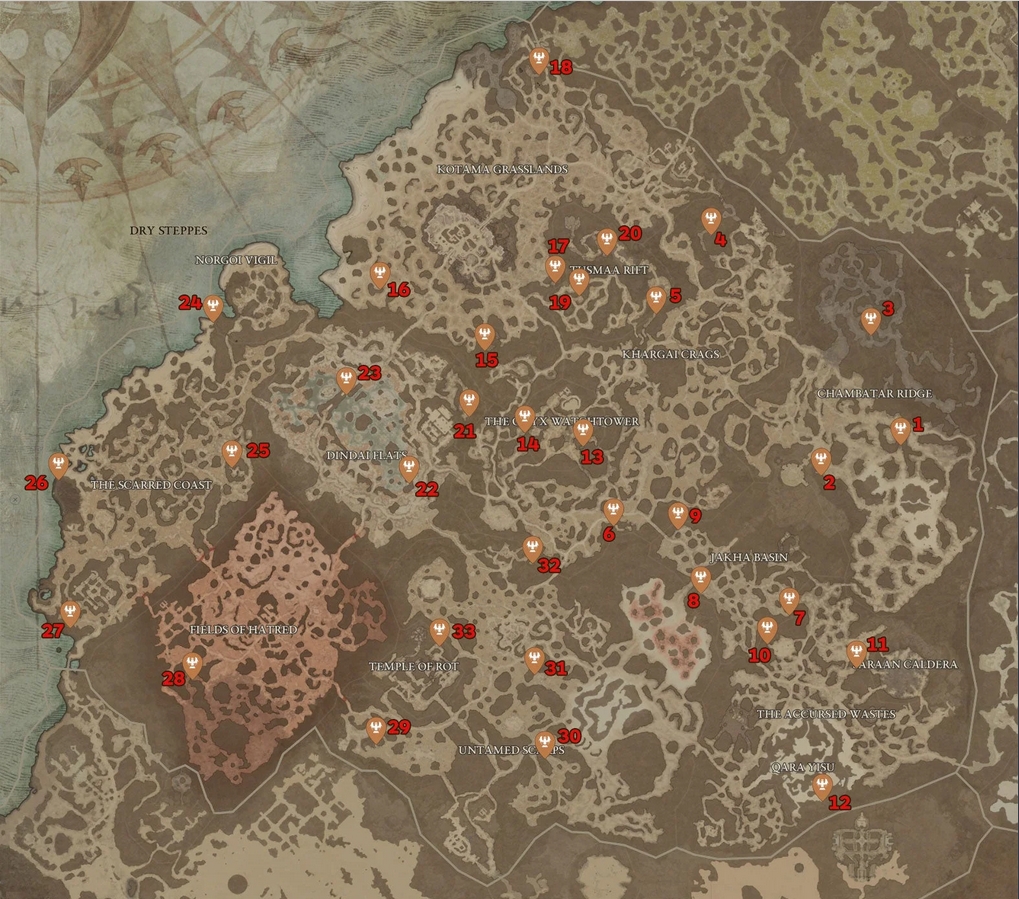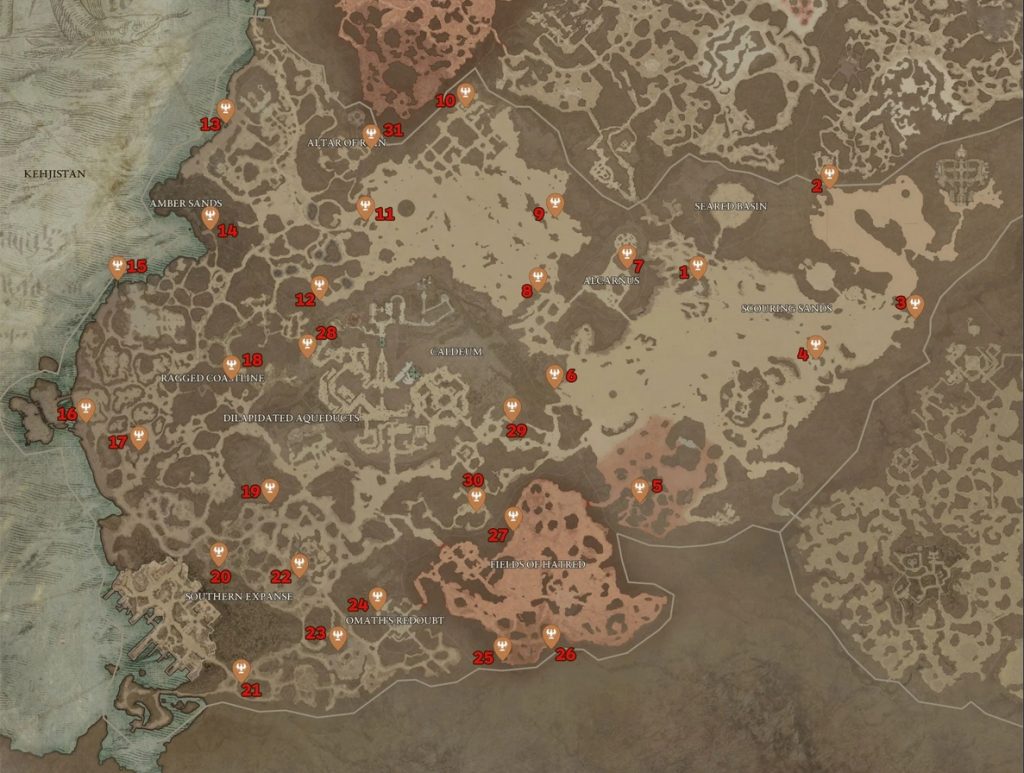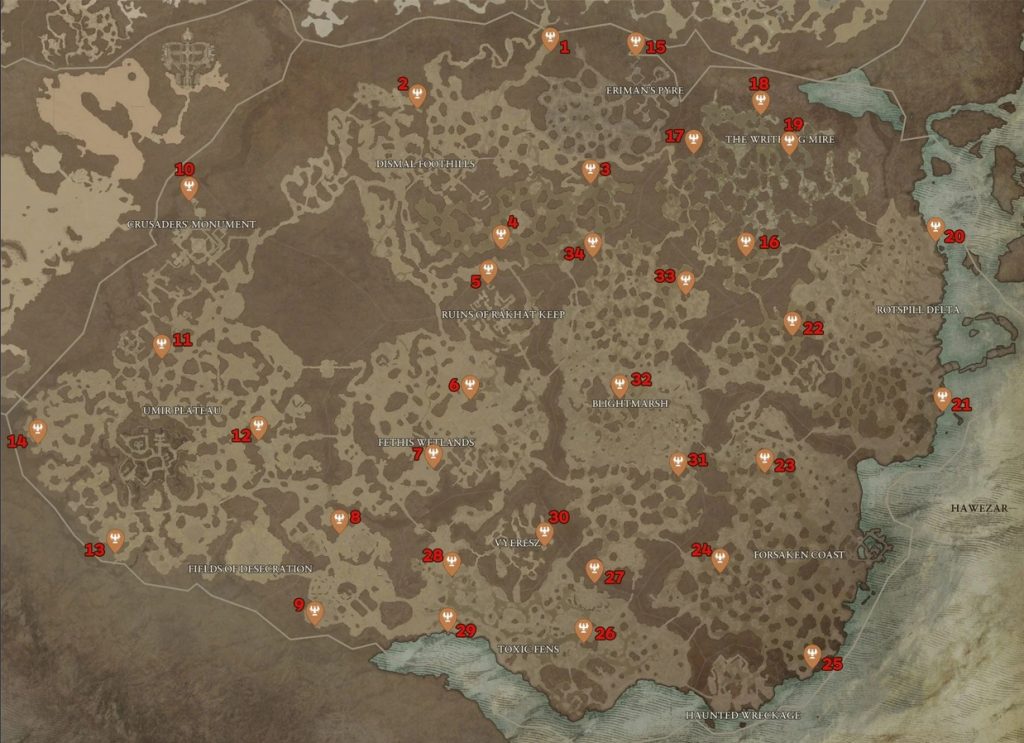In Diablo 4, facing formidable opponents like Duriel requires not only strength but also strategic planning and the right gear. This guide focuses on overcoming Duriel, even with modest gear and a level disadvantage, by leveraging specific build strategies and skill synergies. Let’s dive into the details of a build that makes this possible.

Building the Perfect Defense
Achieving 70% Poison Resist
The key to surviving Duriel’s immense poison damage lies in achieving 70% poison resistance. For Necromancers, this can be easily attained by stacking intelligence, inserting diamonds into jewelry, sacrificing skeletons for resistance, and utilizing the Memento Mori talent. If additional poison resistance is needed, consider gear with poison resistance, using emeralds in jewelry, and applying Elixir and Incense.
Utilizing Bone Storm and Shielding Storm
The Bone Storm and the aspect of Shielding Storm play crucial roles in this build. The constantly replenishing barrier from Shielding Storm, in conjunction with a perpetually active Bone Storm, forms an impenetrable defense. Bone Storm’s uptime is ensured by the Osseous Gale aspect on two-handed weapons, which extends its duration significantly.
Skill and Cooldown Management
Maximizing Bone Storm Uptime
The primary challenge is managing the Bone Storm’s cooldown, which can last up to 30 seconds. This downtime can be mitigated by cooldown reduction on gear and the Anticipation vampiric power, which reduces the cooldown of ultimate skills by 20%. Additionally, the Abhorrent Decrepify skill and lucky hit chances can help in reducing cooldowns further.
Alternative Cooldown Reduction Strategies
For players lacking specific gear or seeking extra safety, other cooldown reduction methods exist. One method discussed previously offers both Bone Storm cooldown reduction and healing. The Flicker Step unique boots are another beneficial item to consider.
Enhancing Damage Output
Leveraging the 925 Item Power Weapon
The primary source of damage in this build is a 925 D4 items power weapon, obtained from defeating a world boss at World Tier 4. Enhancing the corpse explosion skill is critical, and achievable by investing skill points, enhancing pants, and using an amulet that provides additional bonuses to corpse skills.
Boosting Shadow Damage
An easy way to increase damage output is to level up the Darkness glyph on the Paragon board, enhancing the damage of all Darkness skills. This boost applies to both the blighted corpse explosion and the Bone Storm when using the ultimate Shadow aspect.
Maximizing Damage with Conceited Aspect
The conceited aspect offers additional multiplicative damage as long as a barrier is maintained, which, in this build, is almost always active.
Concluding the Fight Against Duriel
Essential Build Elements
In the battle against Duriel, focus on the crucial elements of the build: lucky hit, cooldown reduction, damage reductions, and overall damage output. While the build presented is not perfect, it demonstrates that with understanding and adaptation, players can construct their builds based on these principles.
Continuous Adaptation and Improvement
The build’s effectiveness is highlighted by the ability to adapt and improve continuously. For instance, a recent gear drop provided an opportunity to significantly increase damage output, demonstrating the build’s flexibility and potential for enhancement.
Conclusion
This guide offers a comprehensive overview of a strategic build to tackle Duriel in Diablo 4. By focusing on poison resistance, skill management, and damage enhancement, players can effectively confront this challenge, even with less-than-ideal gear. Remember, the key to success in Diablo 4 lies in understanding the fundamental mechanics and adapting them to your playstyle and available resources.

